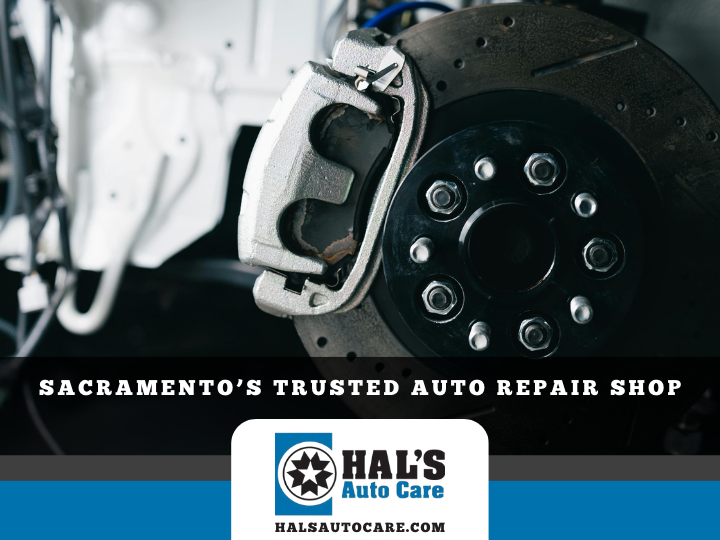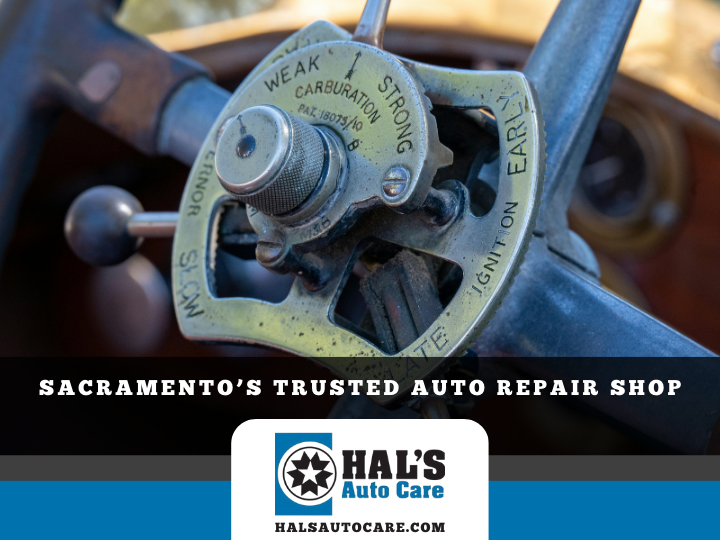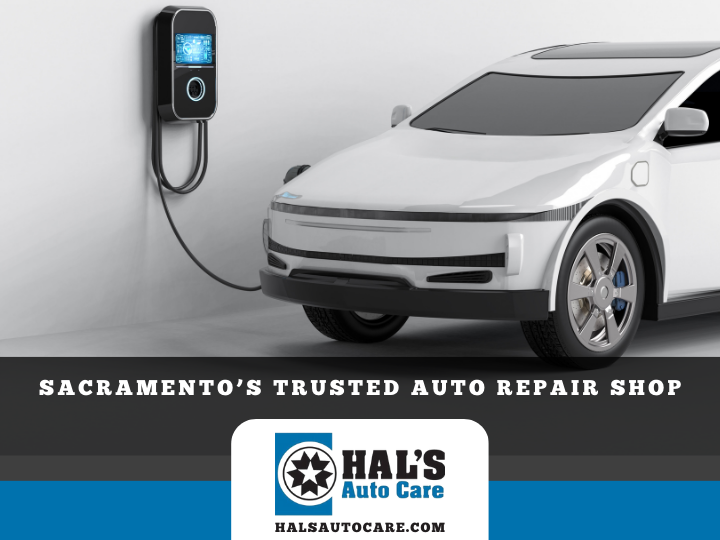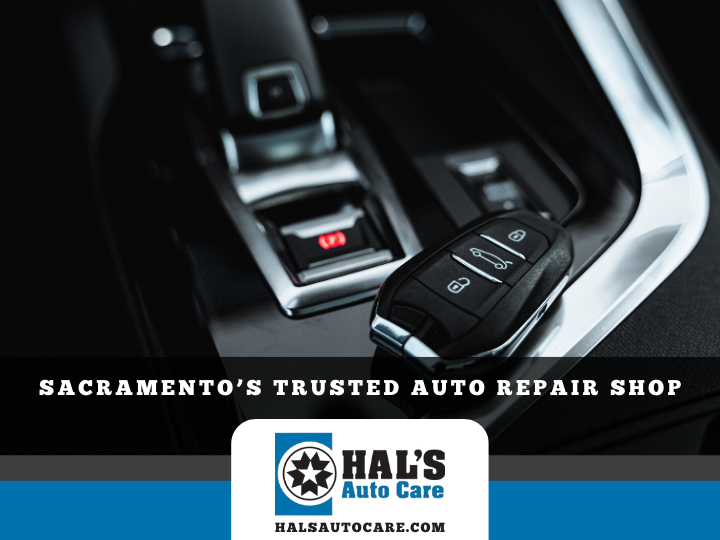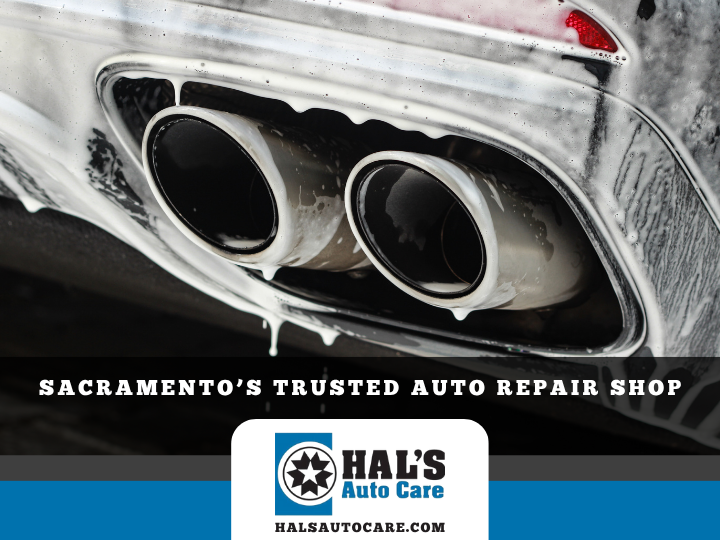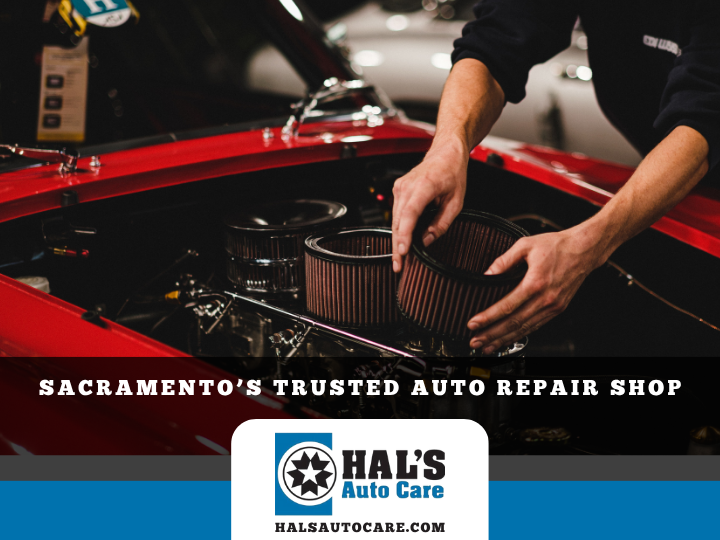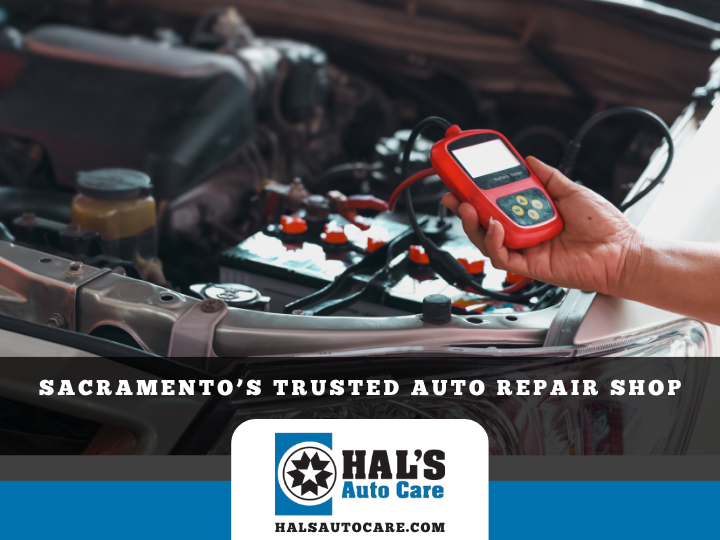BRAKE PADS: THE CORNERSTONE OF SAFE BRAKING
Brake pads are the unsung heroes that ensure your safety on the road. These unassuming components are pivotal in your vehicle’s braking system, translating your intention to stop into a controlled and safe action. We will uncover the indispensable role of brake pads, explore the different types available, identify the telltale signs of wear, and determine when it’s time for a crucial replacement.
The Crucial Role of Brake Pads
Brake pads are the linchpin in your car’s braking mechanism, which converts kinetic energy into heat through friction. When you press the brake pedal, hydraulic pressure activates the brake calipers, forcing the brake pads to clamp onto the spinning brake rotors. This friction is what ultimately brings your vehicle to a stop. Without well-maintained brake pads, this essential process would be compromised, risking your safety on the road.
Types of Brake Pads
Organic Brake Pads: Also known as Non-Asbestos Organic (NAO) brake pads, these are constructed from organic materials like rubber, glass, and Kevlar. They provide a smooth and quiet ride and are budget-friendly. However, they tend to wear out faster, especially under heavy use.
Semi-Metallic Brake Pads: Semi-metallic pads blend metal fibers with other materials. They are known for their exceptional stopping power, making them a preferred choice for high-performance vehicles. However, they may produce more brake dust and generate noise.
Ceramic Brake Pads: Ceramic pads are the pinnacle of brake pad technology, celebrated for their outstanding performance, longevity, and minimal noise and dust production. While they come with a higher price tag, their benefits, including a smoother and quieter ride, often justify the investment.
Identifying Signs of Brake Pad Wear
Regular brake pad inspections are paramount for your safety. Watch out for these common signs that your brake pads may need replacement:
Squeaking or Squealing: A high-pitched noise when applying the brakes is a clear indication of worn brake pads.
Reduced Braking Performance: If your car takes longer to stop or the brake pedal feels spongy, it’s time to consider new brake pads.
Vibration or Pulsation: Uneven wear on brake pads can lead to vibrations or pulsations felt through the brake pedal during braking.
Warning Lights: Many modern vehicles come equipped with brake pad wear sensors that activate dashboard warning lights when it’s time for replacement.
Knowing When to Replace Brake Pads
The lifespan of brake pads varies depending on factors like driving habits and environmental conditions. As a general rule of thumb, consider inspecting your brake pads every 12,000 to 15,000 miles. However, always remain vigilant for the warning signs mentioned earlier. Addressing worn brake pads can prevent more extensive and costly repairs.
While brake pads may be small, their role in ensuring your safety on the road is monumental. Regular maintenance and timely replacements are non-negotiable to keep them performing optimally. Remember, well-maintained brake pads guarantee secure and efficient stops, allowing you to confidently and safely navigate the road.




